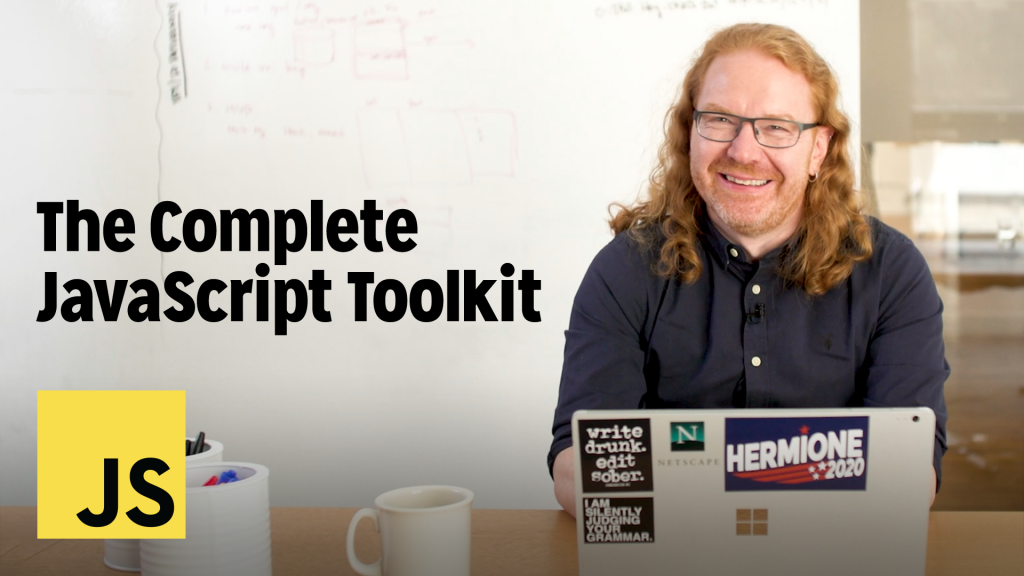State of the browser is an small, annual conference in London. It originated as a format of 20 minute presentations by each browser maker followed by a panel allowing people to hear browser news straight from the horse’s mouth. It has been running for seven years (I think, hard to find out). This year was slightly different as they didn’t do a panel and there were several speakers that aren’t representatives of browser makers.
State of the browser ticks many of my happy boxes when it comes to conferences and I am highly impressed how the organisers manage to pull it off:
- It has a great and diverse line-up of presenters
- It is single track, with a sensible talk length
- It is pragmatic in its approach and keeps costs low by not catering lunch but giving enough time to find some
- It is ridiculously affordable at 30 GBP
- And yet, they do a really good job to make you feel welcome and supported as a presenter
The conference has a low-key feel to it and that also keeps the presenters humble. There is a great diversity ticket program in place where attendees can sponsor others. The line-up was diverse and there is a focus on availability and accessibility. All the talks were streamed on YouTube and they have professional transcriptions in place that type along as the speakers present. The conference team is taking notes and publishes resources presenters covered live on the speakers’ pages on the conference site and on Twitter.
My talk this year was hinting at a better web in which I cover the changes the web went through over the years and how as developers we have a harder time keeping up with them. And how tooling and using the right resources in context of our work can help us with that.
I will write a longer article about the topic soon.
The full video stream of the conference is available here. My talk is on from 05:11:00 onwards to 05:38:00
Here is a quick recap of the talks from my POV:
- Michelle Barker of Mud showed off the power of CSS grids and custom properties to build complex layouts on the web.
- Dr. Ben Livshits of Brave showed how the advertising model of their browser can make the web more secure and easier for publishers
- Sara Vieira gave a talk ranting about the overuse of DIVs in design and the general lack of quality in semantic markup and sensible, simple solutions on the web
- Rowan Merewood of Google gave a talk about Apps, Web Apps and their overlap. His slides are available here .
- Ada Rose Cannon of Samsung covered “WebXR and the immersive web” showing some interesting VR/AR examples running in Samsung Internet
- Ruth John talked about using the Web Audio API for music experiments and visualization with a focus on the performance of those APIs.
- Chris Mills of Mozilla showed the new features of the Firefox Developer Tools in Nightly talking in detail about their WYSIWYG nature. He covered the Grid Inspector, Animation Editor and a few other neat tools
- Jeremy Keith of clearleft once again gave a highly philosophical talk about how the open web is an agreement
- Charlie Owen of Nature Publishing ended with a ranty (in a positive sense) keynote about us over-complicating the web and thus making it far less accessible than it should be
I was happy to see some nice feedback on Twitter:
https://twitter.com/NatalieMarleny/status/1038480272344395776
I’ve been a supporter of State of the Browser from the very beginning and I am happy to say that – if anything – it gets better every year. The dedicated team behind it are doing a bang up job.
